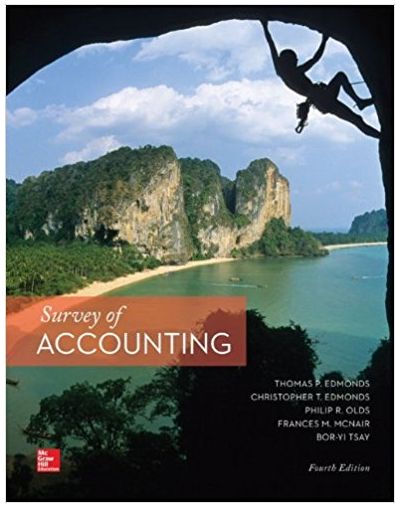Question
(a) On 1 January 2022, Sarah Ltd buys a machine at a cost of 75,600. The machines useful life is estimated to be five years
(a) On 1 January 2022, Sarah Ltd buys a machine at a cost of 75,600. The machines useful life is estimated to be five years and Sarah Ltd expects to be able to sell the machine at the end of this time for 9,700. The machine is expected to be able to achieve 120,000 units of production over its useful life, as follows:
| Year | 2022 | 2023 | 2024 | 2025 | 2026 |
| Number of Units | 40,000 | 30,000 | 20,000 | 20,000 | 10,000 |
Calculate the depreciation charges for each of these five years using the straight line method, the diminishing balance method at 20% and the units of production method.
(b) The carrying amounts of the assets of a cash-generating unit (CGU) are as follows:
|
| 000 |
| Goodwill | 45,000 |
| Patents and copyrights | 75,000 |
| Property, plant and equipment | 250,000 |
|
| 370,000 |
There is evidence to indicate that the CGU is impaired. The recoverable amount of the CGU is 200,000. The fair value less costs of disposal for the patents and copyrights is estimated at 40,000 and the fair value less costs of disposal for the property, plant and equipment is estimated at 155,000.
Calculate the amount of the impairment loss and explain how this should be allocated between the assets of the CGU.
(c) On 31 March 2021, Kul plc decides to reclassify a machine usually categorised as property, plant and equipment as a non-current asset held for sale in its financial statements for the year ending 31 December 2021. The reasons for reclassifying the asset are that the directors of Kul plc feel that the asset is no longer needed and are taking steps to find out what price they could sell the machine at. As at 31 December 2022, the machine remains unsold and still shown as a non-current asset held for sale, although one of the directors thinks that the machine should still be kept by the company.
Discuss whether the accounting treatment for the machine in both financial years is correct.
(d) Jackie plc had profit after tax of 681,450 for the year ended 31 December 2021 and 745,900 for the year ended 31 December 2022. On 1 January 2021 the company had issued share capital of 300,000 ordinary shares. On 1 April 2022 the company made a 1 for 8 bonus issue.
Calculate the basic earnings per share for the year to 31 December 2022 and the original and restated earnings per share for the year to 31 December 2021.
Step by Step Solution
There are 3 Steps involved in it
Step: 1

Get Instant Access to Expert-Tailored Solutions
See step-by-step solutions with expert insights and AI powered tools for academic success
Step: 2

Step: 3

Ace Your Homework with AI
Get the answers you need in no time with our AI-driven, step-by-step assistance
Get Started


